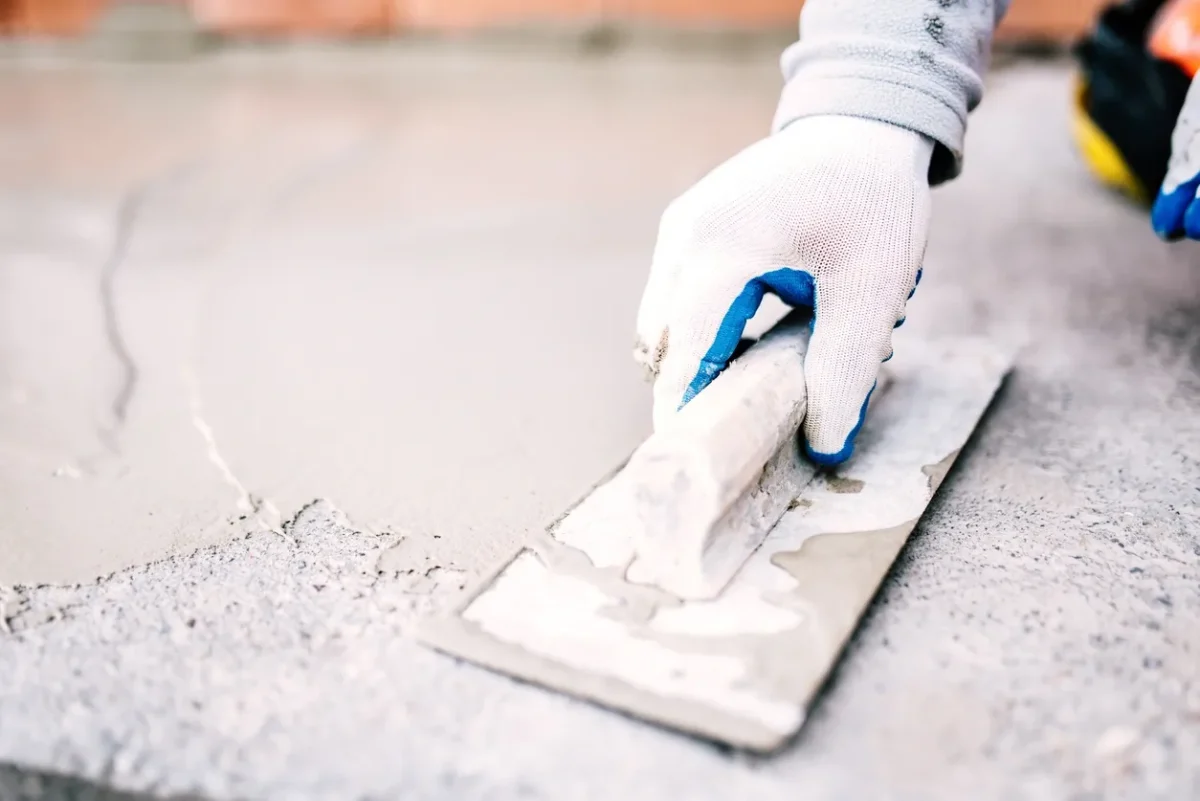
When installing stucco siding on your home, one of the first questions you may ask is if the stucco is waterproof. The permeability of your stucco siding depends on the type of stucco that is installed on your home. The team of Phoenix stucco contractors at Titan Stucco is breaking down the types of stucco that can be applied to your home, and whether these are waterproof or may see leaking issues in the future.
Does Stucco Leak?
Stucco is generally considered leak-proof and water resistant. However, like other siding options such as brick, vinyl, and wood, they are all considered leak-proof up to a certain point. The difference that affects the water resistance to the greatest degree is proper installation of the stucco siding. Avoiding cracks in the surface and applying the proper ratio of mixture in the proper layers will ensure the stucco is water resistant. Working with a professional to ensure proper installation is a great way to guarantee water resistance in your stucco siding.Traditional Stucco
Many homeowners are under the impression that if they have a traditional stucco home, their siding is waterproof. While this is not the case, the siding is still considered to be water resistant. This means that even if there are no cracks in the stucco, water would still be able to permeate the surface. This does not mean the stucco will leak, because in a properly constructed wall with stucco siding, the water will never have an opportunity to reach the studs, the insulation, or the interior of the home.EFIS Synthetic Stucco
The EFIS synthetic stucco is a system with different layers. The synthetic stucco is usually an exterior layer that is 1/16th of an inch thick, and it is a non-permeable surface that acts as a barrier that water will not be able to break through. If the synthetic layer of stucco is not installed properly or has cracks in the surface, it becomes permeable and can lead to water seeping below the surface.How Does Moisture Get Behind Stucco?
Moisture can get behind a stucco wall through a few different pathways. One of the main ways water can seep behind your stucco siding is through cracks in the surface. Not all cracks are deep enough to cause water to get behind your stucco, but some may be, and therefore it is important to check your stucco regularly for cracks and patch them as they appear. Moisture can also sneak behind your stucco through flashing. Flashing is normally thin sheets of metal that are shaped to guide water away from an area, and they are applied to many areas of the home, including windows, doors, and balconies. If flashing is bent or damaged in any way, it is possible that moisture could seep behind the surface of your siding through this method. If there are gaps around pipes, gas lines, or electrical conduits that run through your stucco walls, moisture can seep into the surfaces through these entrances. Windows or doors that are not properly flashed, sealed, or caulked can also provide tiny openings for water to seep beneath the surface of your stucco.How Serious Is It if Moisture Gets Into a Stucco Wall?
The longer moisture is trapped beneath the surface of stucco, the greater the damage can be to your stucco siding. If there is only a small amount of moisture or the moisture is trapped for a small period of time, it is likely not to cause serious damage to your home. There are different issues you can face when moisture is trapped for a long period of time, including:- Damage to the stucco: When stucco is exposed to lengthy periods of wetness, traditional stucco may begin flaking or deteriorating. The stucco may begin to fall off in chunks and flakes, and cracks or discoloration may occur on the surface of the stucco. The durability of the stucco may also be decreased as the moisture seeps into the surface.
- Mold and mildew: Moisture that is trapped in an enclosed space can grow mold and mildew, which will become a major health concern for homeowners, especially those with any allergies.
- Dry rot: Moisture that seeps below the surface of stucco on a wood framed home can cause dry rot or wet rot below the surface, which can cause structural issues to the framing of the home.
- Structural integrity: Dry rot or wet rot on the framing or base layer or a home can cause issues with the structural integrity of a home. This is a very serious issue that will likely only be caused by extreme moisture seeping through the surface of your stucco for extended periods of time.
- Insulation and drywall damage: If moisture is allowed to seep through to the surface of your home, it can begin to damage the insulation and drywall of your house.
- Rust issues and metal corrosion: Rust and corrosion will be detrimental to the metal fasteners or framing hardware that are holding the frame of your home together. Rust stains on metal fasteners or the metal lath beneath the surface of your stucco are a sign that moisture has been seeping through your stucco and should be investigated to ensure there is no further damage.




